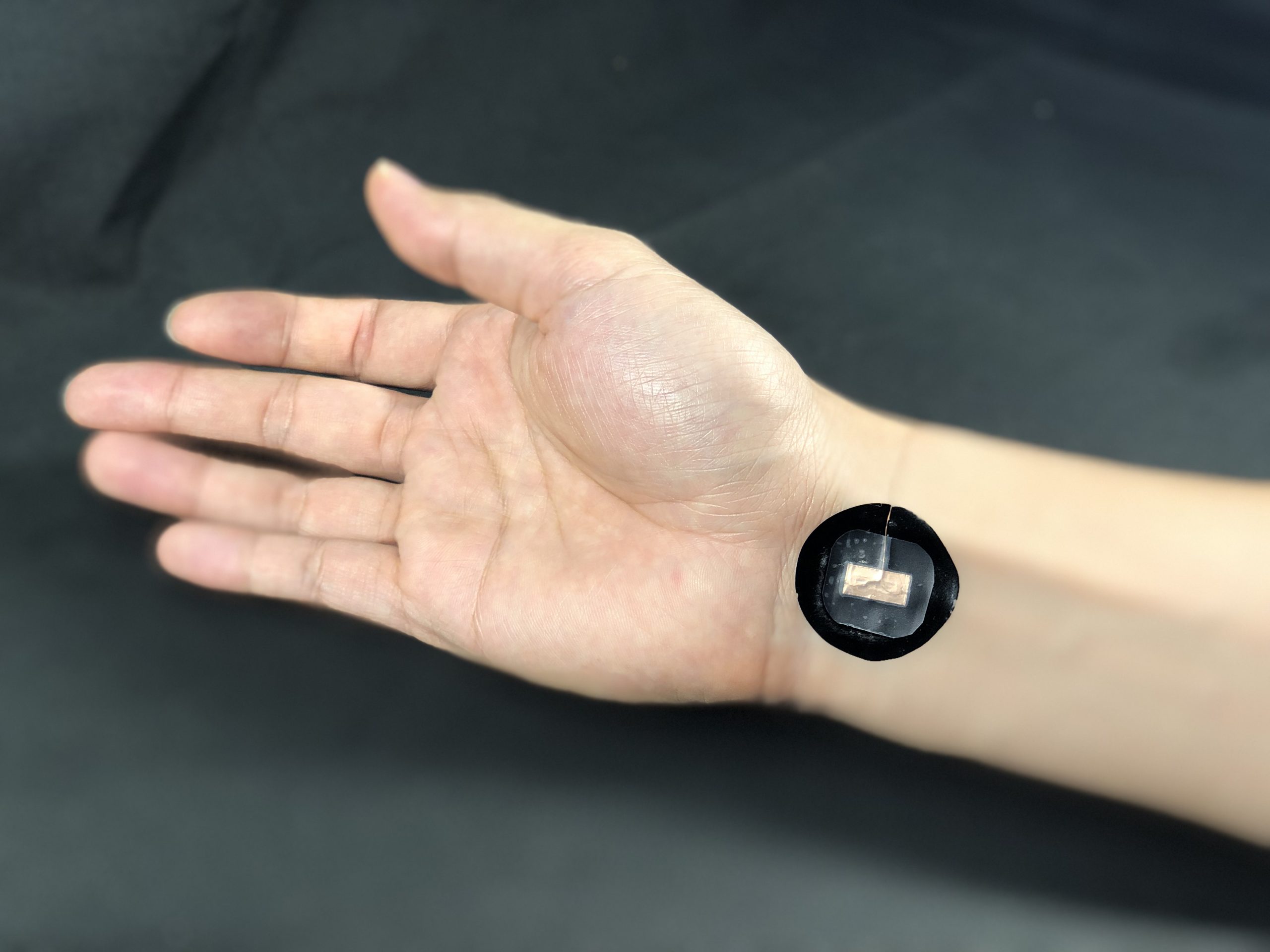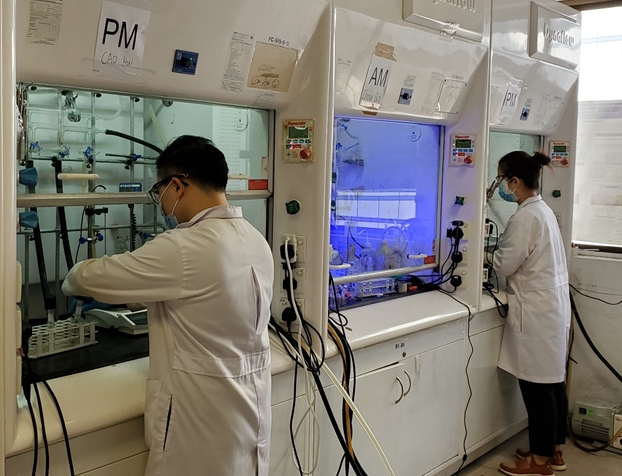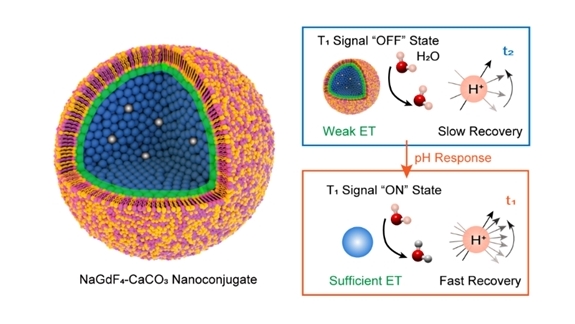The way we move and think depends on millions of neurons that carry electrical signals racing through our nervous system.
Detecting these bioelectrical signals – also known as biosignals – through electrodes placed on the skin allows doctors to better diagnose patients and for machines to be controlled with gestures or even with thought.
Conventional “wet” electrodes rely on a gel or liquid to detect biosignals, but these dry out over time and give lower quality signals when the patient is moving. For years researchers have been trying to make “dry electrodes” to solve these issues.
Now NUS Engineers have discovered a flexible, adhesive and conductive organic polymer ideal for use as dry electrodes, and have demonstrated them working in a real setting for the first time. Their breakthrough opens the door for durable electrodes that work well even in motion, and which are suitable for long-term patient monitoring.
Because it is dry and robust, it can be used to make durable, long-lived products, while its ability to be cast into different shapes allows it to be adapted for different applications.The dry PWS electrodes can see future application in patient diagnosis, physiotherapy, and rehabilitation, especially for long-term patient monitoring. They may also be used to enhance human-machine interfaces.
The research findings were published in Nature Communications in 2020.
Lei Zhang, Kirthika Senthil Kumar, Hao He, Catherine Jiayi Cai, Xu He, Huxin Gao, Shizhong Yue, Changsheng Li, Raymond Chee-Seong Seet, Hongliang Ren & Jianyong Ouyang; Nature Communications volume 11, Article number: 4683 (2020)



